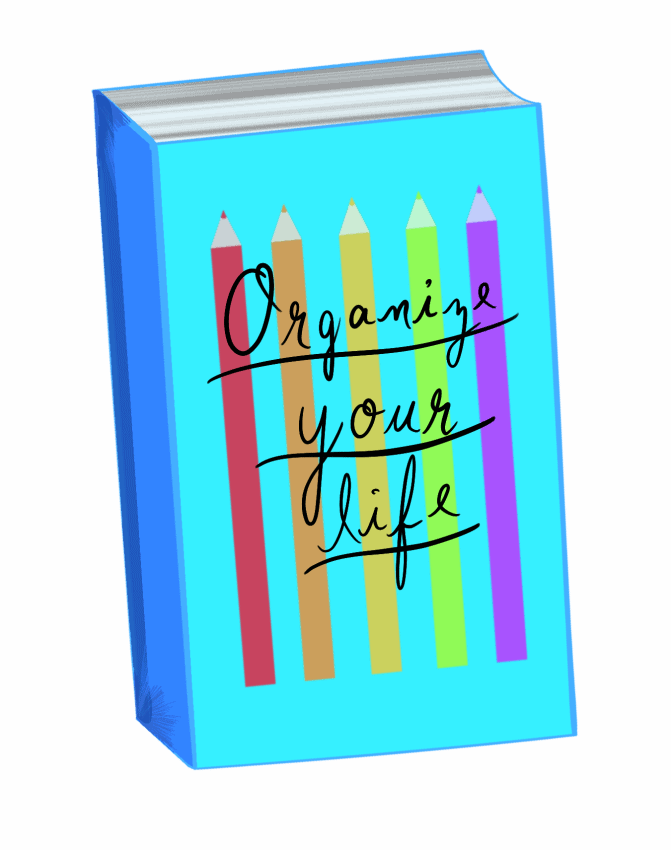
Still stuck in the chaos that 2019 left behind? There may be a way to help get you back on track.
For years, another trip around the sun has been associated with fresh starts and lists of goals to complete throughout the year. It often feels like there is not enough time in a day to breathe, let alone achieve goals, especially as a university student. However, there is a way to track and organize the time you have so everything is a little less stressful — bullet journaling.
To those who are not familiar with this subject, you may be wondering what bullet journaling is. In truth, that question can be covered in book-length detail — see The Bullet Journal Method by Ryder Carroll — but here is a bit of a FAQ to clear up any preconceived notions or misunderstandings.
To start at the very beginning, bullet journaling is a written method of creating, planning and organizing your life. It may sound incredibly intimidating — and it can be at first — but that is because it is up to you what to put in your very own bullet journal.
Think of it as a standard planner with the year, months and days mapped out for you to fill in. The catch is that you can design how your daily life will look, and you can add whatever else you want to the pages. Not only is this helpful to declutter your thoughts but to also practice mindfulness and appreciation for what you do throughout the day.
The original bullet journal methodology, created by digital product designer Ryder Carroll, is based on condensing and capturing information through the form of bulleted lists. These lists are then broken down further into categories, such as tasks, events, notes and others if desired.
All you really need to start is a notebook or journal and a pen. Seriously. The biggest benefits you will get from your bullet journal will be when you are logging information in by hand. However, that doesn’t mean that you can’t decorate. If you would like to spice things up, some of the most popular decorations are done with highlighters, markers, stickers and washi tape.
Though it may seem like YouTube, Pinterest and Tumblr will tell you otherwise, you do not need any level of artistic ability to have a bullet journal. In addition, the practice of bullet journaling does not belong to any gender. It tends to often be associated with femininity — most bullet journalists on social media are female — but it is meant for everyone.
In case you are wondering how to get started on your pages, here is a guideline to work off.
1. A future log, consisting of a full year by months. You can use this to make note of holidays, birthdays and larger events, like your scheduled final exams.
2. Weekly spreads mapped out by the days. Covering each day of the month will give you space to identify your tasks, due dates and personal reflections on your day.
3. Trackers. These can be a challenge to keep up with, but they are great practice for consistency and awareness. You can track whatever you want to — your mood, budget, habits and so much more.
These are just a few ideas that you can create pages for, but as mentioned earlier, it is all up to you. Your bullet journal is made by you, for you. If a page does not have any use to you, there is no rule that you must use it. But who knows? Maybe this will give you the 2020 vision you have been looking for. Good luck!
—
Kylen Rioux
Shawna Langer / Graphics Editor